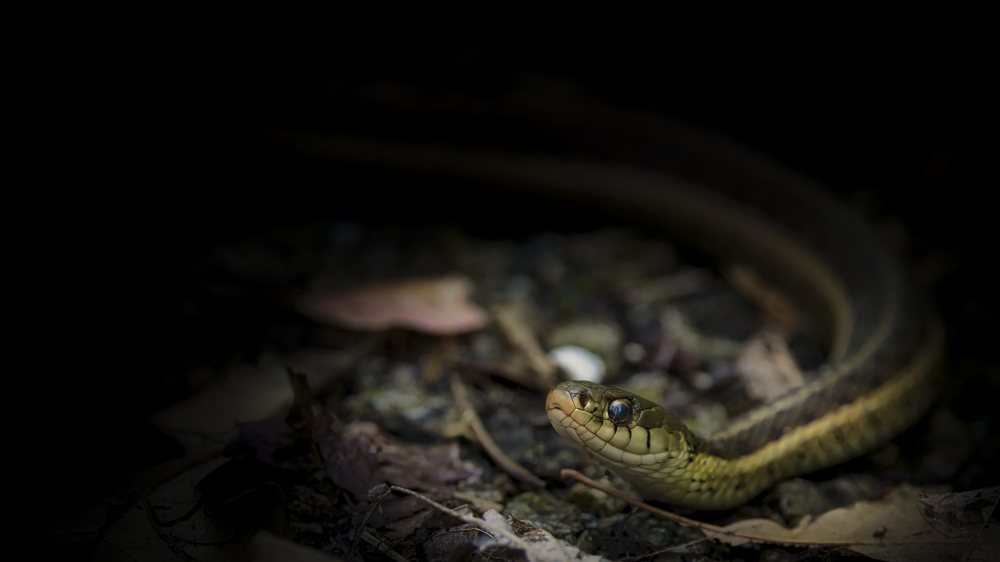
Eastern Phoebe
(Sayornis phoebe)
The Eastern Phoebe (Sayornis phoebe) is a small passerine bird native to North America. It belongs to the family Tyrannidae, which includes flycatchers. The Eastern Phoebe is a widespread and common species throughout its range, which extends from eastern Canada and the northeastern United States to the southeastern United States and parts of Mexico.
Appearance
Eastern Phoebes are small birds, measuring about 6 to 7 inches (15 to 18 centimeters) in length. They have a plump body with a round head and a medium-length tail. Their plumage is generally dull grayish-brown on the upperparts, with a pale gray to off-white underbelly. They have a darker head with a pale throat and a characteristic dark "mask" or eyestripe. The bill is black and their legs are pale.
Habitat
Eastern Phoebes are adaptable birds and can be found in a variety of habitats. They are commonly seen near water sources such as streams, ponds, and marshes. They are also found in forested areas, including deciduous forests, mixed woodlands, and open woodlots. They can even inhabit suburban areas, parks, and gardens.
Behavior
These birds are primarily insectivorous, meaning they feed mainly on insects. They are known for their flycatching behavior, perching on branches or other elevated spots and sallying forth to catch flying insects in mid-air. They also feed on spiders and occasionally consume berries or fruits. Eastern Phoebes often wag their tails and frequently pump their tails up and down while perched.
Vocalization
The Eastern Phoebe has a distinctive call that sounds like "fee-bee" or "phoe-bee." It is often repeated in a series, with the second note being higher-pitched than the first. They also produce a softer, nasal "tseee" call. Males may sing a simple song during the breeding season.
Breeding and Nesting
Eastern Phoebes are monogamous and form pairs during the breeding season. They build cup-shaped nests made of mud, moss, grass, and other plant materials, often placed on ledges, bridges, buildings, or other man-made structures. They are known for their affinity for nesting near human habitation, which has led to their colloquial name of "bridge bird." The female typically lays a clutch of 3 to 5 eggs, which are incubated by both parents for about two weeks. The young fledge after about two to three weeks.
Migration
While some Eastern Phoebes are resident year-round in the southern parts of their range, many individuals are migratory. They breed in the northern parts of their range and migrate south for the winter, primarily to the southeastern United States and parts of Mexico.
The Eastern Phoebe is a charming and adaptable bird that is commonly encountered in its range. Its insect-catching behavior and characteristic calls make it a familiar sight and sound in various habitats, from rural areas to suburban neighborhoods.
